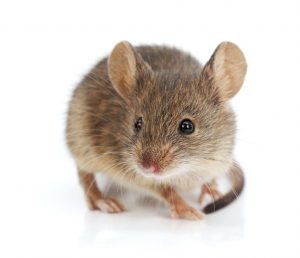Rodent Control
Identification and Life Cycle
The house mouse is known as the Mus musculus meaning “little thief”. Its body can be brown or dark gray with a light gray belly, and a semi-naked tail lighter in color. It is slender with large eyes and ears (lacking fur) proportion to its head with flat, non-grooved teeth. The head and body length is 2-1/2” to 3-1/2” and the tail ranges between 3 to 4” long.
Rodents can rapidly increase in numbers due to their short gestation period, large litter size, rapid maturation and frequent breeding. They have an average life span of about one year.
A Rodent is able to reproduce at 1 month old, having a gestation period of 20 days, producing 6 to 10 litters a year with up to 5 to 7 pups per litter. This can add up to 30 to 60 young per year.
Each mouse produces 40 to 100 droppings and 3,000 micro drops of urine daily. Fecal droppings are 1/4- inch long and rod shaped. The number of droppings may help provide an estimate on the size of an infestation.
The house mouse is mostly active at night. It may nest in any portion of a building near food and has an average range of 10 to 30 feet from its nest. Look for signs of nesting or droppings in cupboards, closets, storage areas and insulation in wall voids and attics. Materials used for nesting are typically shredded paper, cardboard, cloth, furniture stuffing, insulation, and other similar materials.





Comments are closed.